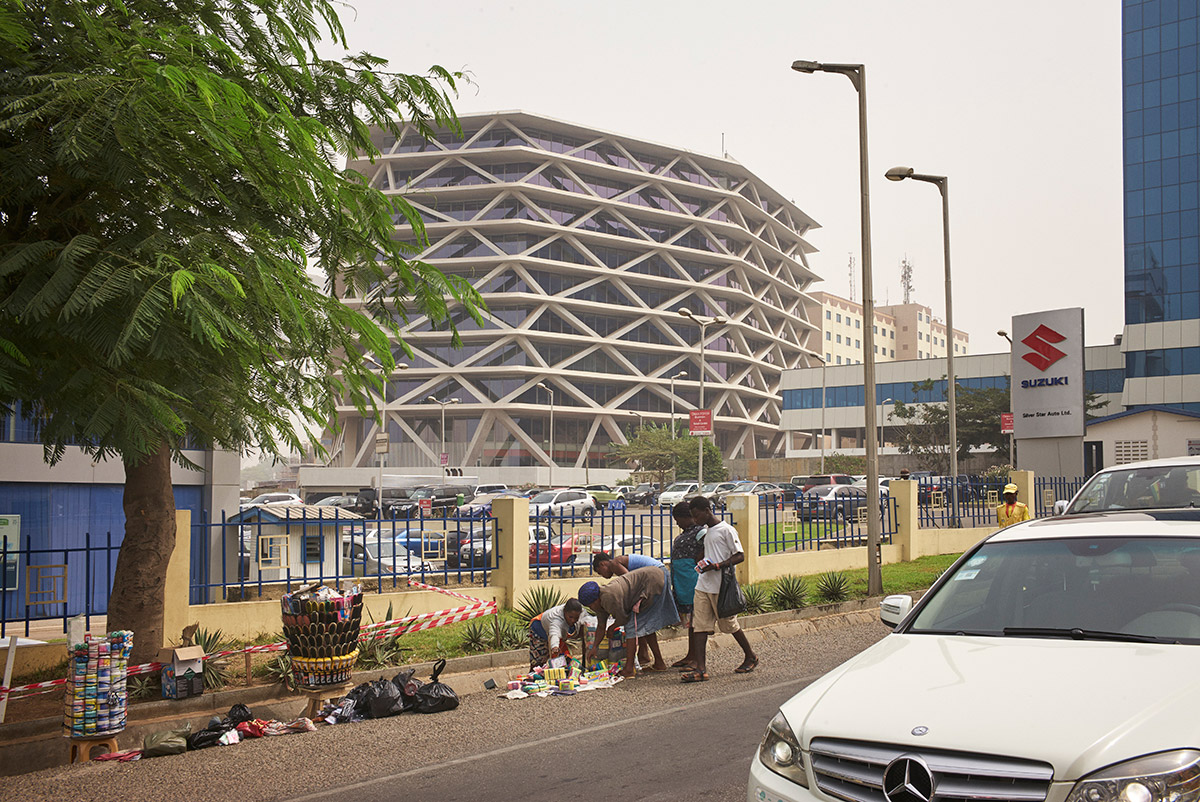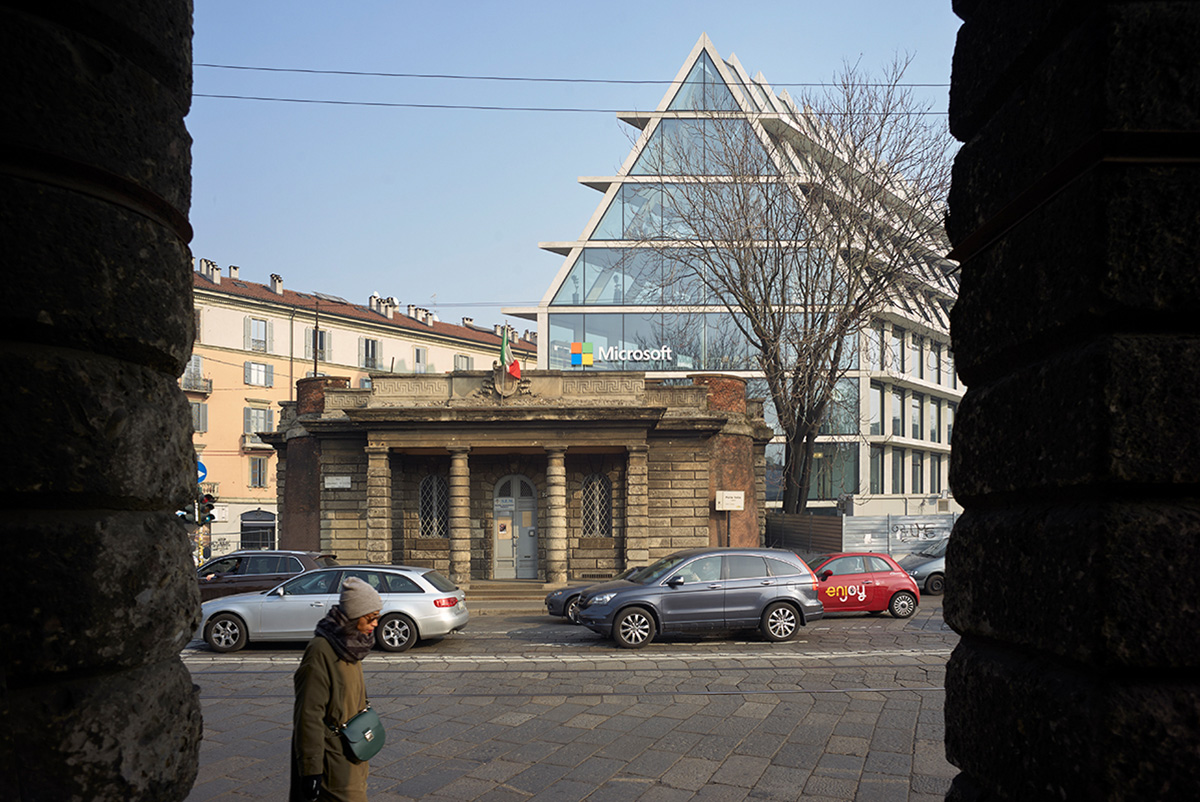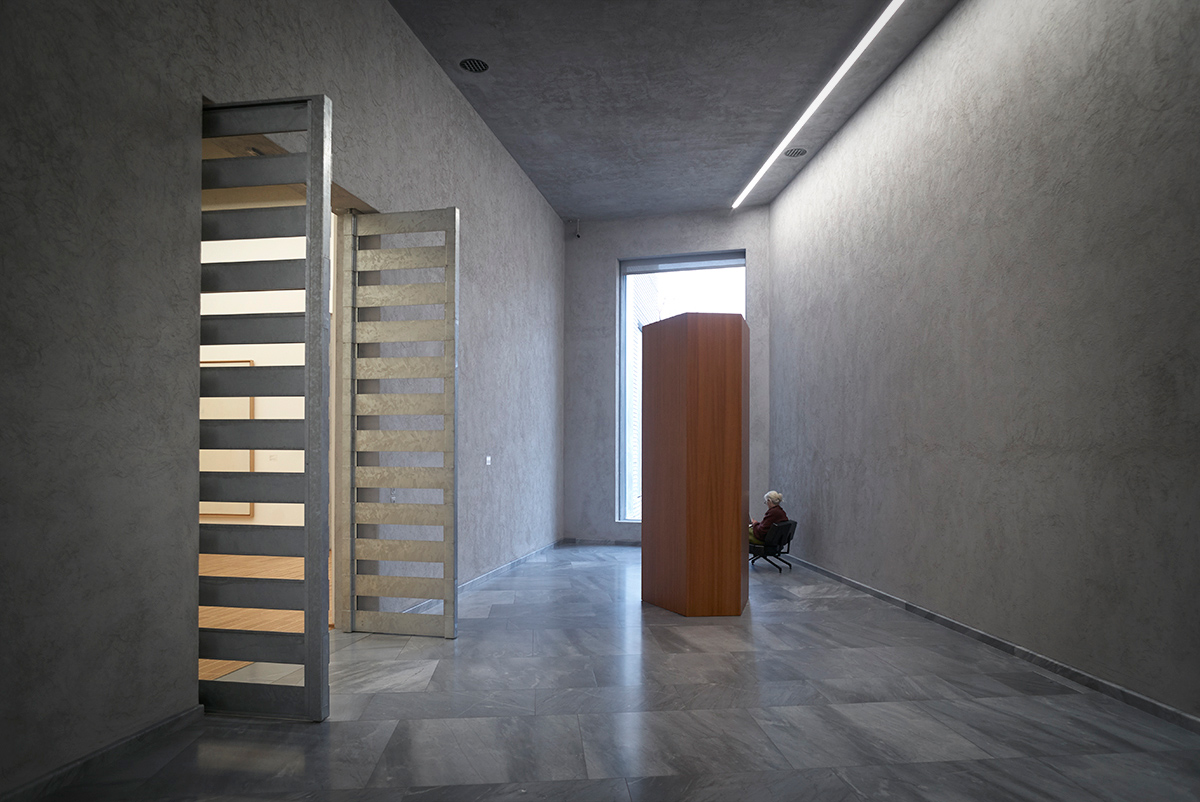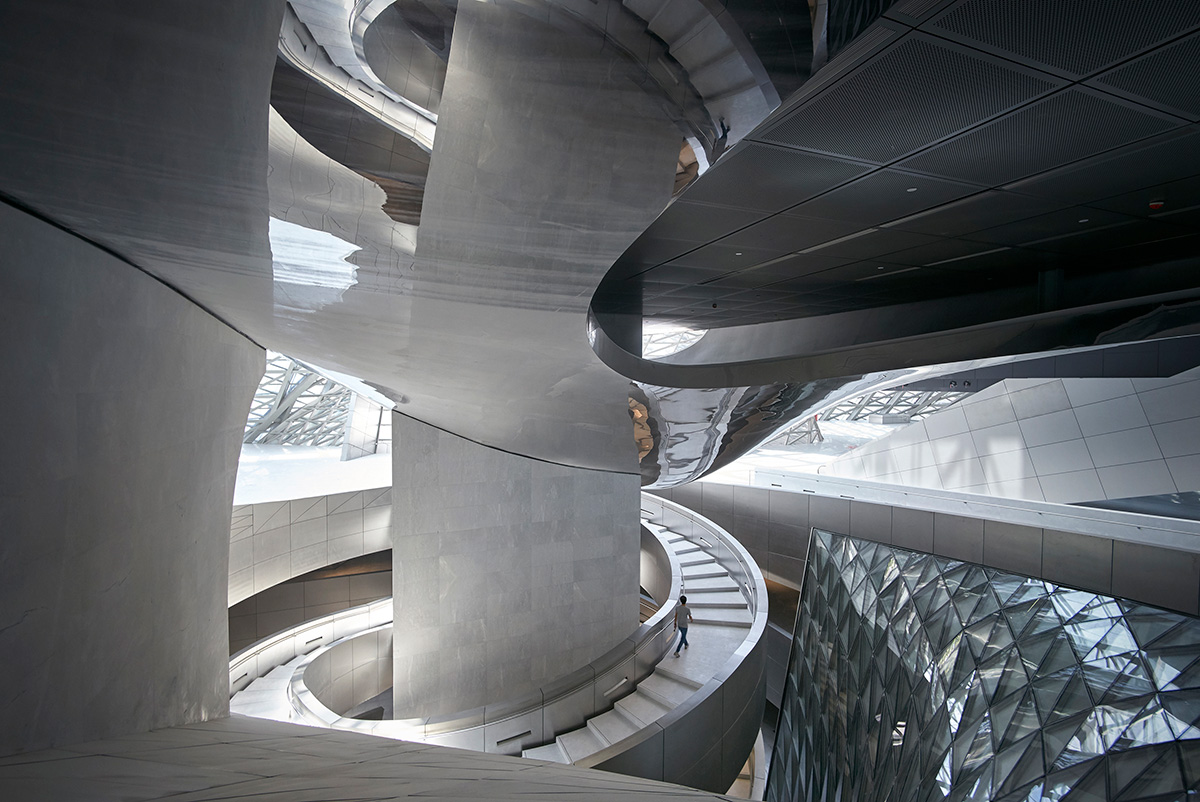19/022
Julien Lanoo
Architectural Photographer
Belgium
19/022
Julien Lanoo
Architectural Photographer
Belgium
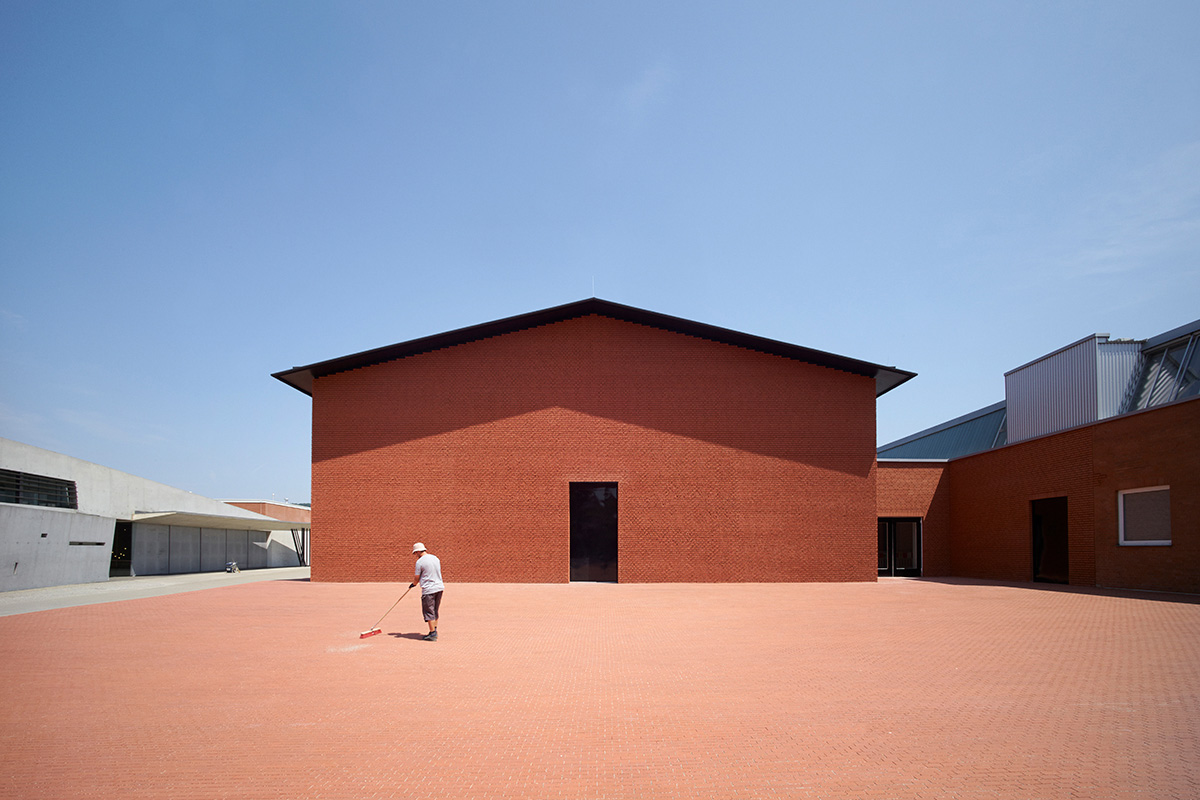
«I am exploring how to tell a coherent story about something that has so many levels of understanding.»
«I am exploring how to tell a coherent story about something that has so many levels of understanding.»
«I am exploring how to tell a coherent story about something that has so many levels of understanding.»
How did you find your way into the field of Architecture and Photography?
I don’t know whether it was a coincidental choice, but I immediately had an affinity to this medium. Photography is, among other things, a way to tell a story without using words and, at the same time, a way of creating a more universal language. An affinity that was much closer than painting or drawing for me. I saw photography as a dance between precise technique, the indescribable rhythm of timing and a feeling for composition.
Discovering the realm of architecture happened organically because I started working from a young age in the world of design furniture and portraiture. After years of being an assistant in the fashion world, I decided to go on the road again.Working with design lead to the first architectural projects, and, suddenly, I discovered this new world, by which I was drawn instantly. With the eyes of a portraitist, I could look at a wider scope of identities in architecture. I admit that during years of working in this field, I've made some mistakes, I had to learn how to “look”, and, maybe, “feel” where I am and what I was photographing. I was and still am exploring how to tell a coherent story about something that has so many levels of understanding our built environment. I think this is part of the experience, a journey every creator has to go through.
Recently, I started periodically to make portraits again. Careful steps into something I’ve put on the side. With the experience architecture has brought me, these also have become more intense. Photography is a fascinating thematic – an endless discussion without “right” or “wrong”.
What is the essence of architecture for you personally?
The essence of architecture….is simple, I think. Architecture is built by mankind for mankind. There is no other reason of being for architecture than that.It can have countless aesthetic outlooks, ideological meanings, and functions, but is still inherently linked to the human body and ratio.
What does your desk/working space look like?
My working space(s). That’s a difficult question to answer because there are so many of them. It depends where the idea forms, or what the job at hand is. The shooting locations, the hotel rooms and the homebase Atelier.
I work wherever I have an idea. The main theme in all of them: they are all in arranged chaos.
The atelier, is an old coal storage build in 1897, located within the WW1 battlefields – this small construction was one of the only standing ones in town (together with the church) after WW1.
Here, there are many desks, the main outrageously long desk with the calibrated screen, the scanners and where I maintain my cameras. Here, mostly, there are always some cameras hanging around which I am in the process of transforming, servers buzzing, and folders full of negatives and silver prints to select and/or scan.

There’s also the darkroom at the homebase, where boxes and folders full of negatives to develop and drying Baryta or RA4 prints. I like the smell here, the warming, sweet smell of developer in contrast of the acidic smell of the Stop, and Fix. It’s – in contrast to the main desk with its buzzing of ventilators and white light of the screens – a peaceful place.
One of the things I love the most when I get back home is finding time for a quest of peace of mind. By locking myself up for a few days in the darkroom and finishing a series by hand, with only the trickling noise of spooling water, and an audiodocumentary in the background.

Hotels rooms are a more dynamic ‘stripeddown to basics’ workbases, quickly arranged according to their layout. What comes out of the suitcase, goes back in immediately after it’s been used. I don’t leave many things hanging around, I barely use the hotels’ storage spaces, as I like to keep everything nicely ordered in my suitcase, the suitcase is my minihome away from home.

Projects
Work
1 One Airport Square, Mario Cucinella Architects, Acra, Ghana
2 Feltrinelli Porta Volta, Herzog & de Meuron, Milano, Italy
3 Vitra Schaudepot, Herzog & De Meuron, Weil am Rhein, Germany
4 International Bamboo Architecture Biennale, Baoxi, China
5 Kunstmuseum Extension, Christ & Gantenbein, Basel, Switzerland
6 Mocape, Coop Himmelb(l)au, Shenzhen, China
Projects
